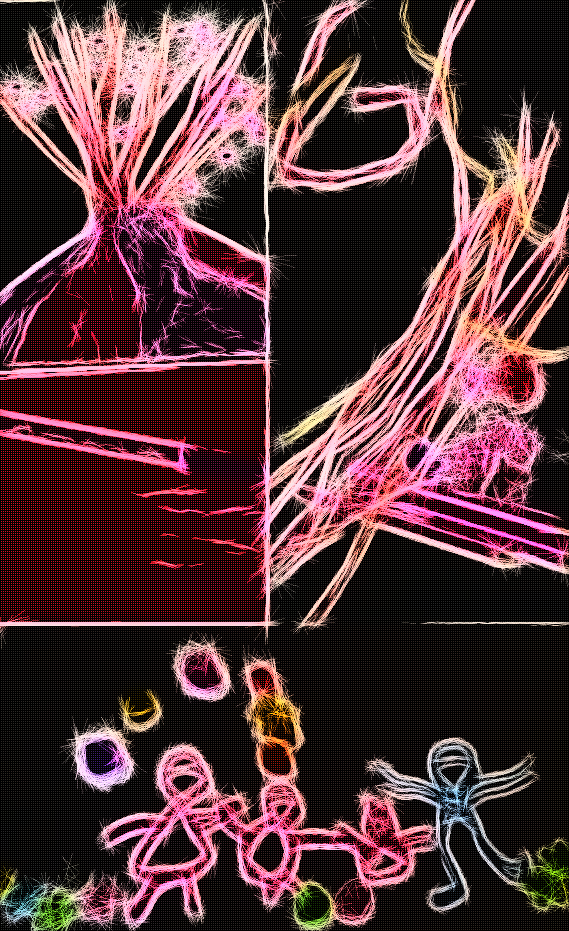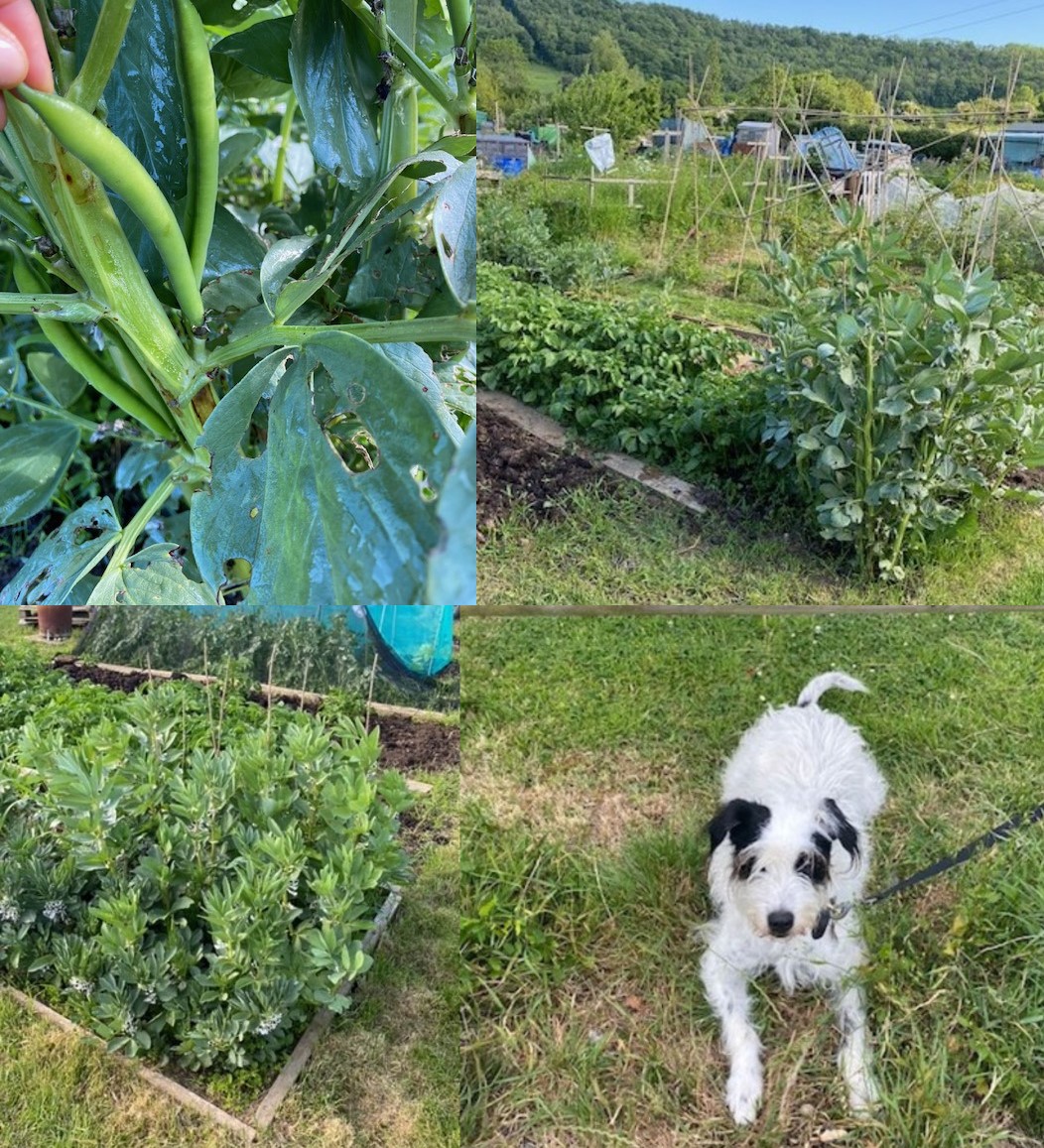A whirlwind of emotions accompanies the transition from junior to high school. As students prepare to embark on this new chapter of their educational journey, they experience excitement, nervousness, anticipation, and even a hint of apprehension.
Excitement fills the air as students look forward to the opportunities that high school promises. They are eager to meet new friends, explore a broader range of subjects, and engage in extracurricular activities that align with their interests. Being part of a more extensive and diverse community brings a sense of anticipation and a chance to broaden their horizons.
However, alongside the excitement, there is a certain level of nervousness. Students may feel anxious about the unknown—new teachers, unfamiliar routines, and higher academic expectations. The fear of getting lost in the new school, struggling to adapt to the faster pace of learning, or finding their place in a larger social setting can contribute to these nerves.
There is also a bittersweet element to the emotions surrounding the transition. Students may experience a sense of loss as they bid farewell to their familiar junior high school environment. Leaving behind teachers, classmates, and a routine to which they have grown accustomed can evoke nostalgia and sadness.
Amidst all these emotions, there may be a hint of apprehension. High school represents a steppingstone towards the future, with essential exams and choices that can shape their academic and career paths. The weight of expectations, both from themselves and others, can create a certain level of pressure and uncertainty.
As the transition unfolds, there is a mix of curiosity and eagerness to discover what lies ahead. Students look forward to exploring new subjects, participating in clubs and sports teams, and finding their niche in the high school community. The prospect of forging new friendships and forming connections with like-minded peers sparks hope and excitement.’
Throughout the process, students may also experience various emotions related to self-identity and self-confidence. They may question whether they are ready for the challenges or can meet academic and social expectations. Developing a solid self-belief and cultivating resilience become crucial in navigating these emotions and embracing the new opportunities that high school presents.
In conclusion, the transition from junior to high school is a time of heightened emotions. It is a period characterised by excitement, nervousness, anticipation, and apprehension. Acknowledging and understanding these emotions can help students navigate the transition with a sense of resilience, curiosity, and self-assurance, enabling them to make the most of the opportunities in their high school journey.
Metaphorical Transformation: From Junior to Secondary High School
The cocoon represents junior school’s familiar and protected environment, where students have grown and developed within a structured and nurturing setting. Inside the cocoon, they have been shielded from the challenges and complexities of the outside world.
As the time comes for students to transition to high school, they begin to shed their cocoon. This symbolises breaking free from the comfort zone, leaving behind the known, and stepping into the unknown.
Like the caterpillar transforming into a butterfly, the students undergo a metamorphosis as they enter high school. They experience significant changes physically, intellectually, and emotionally, preparing themselves for the next stage of their educational journey.
Emerging from the cocoon parallels the students’ emergence into high school, where they spread their wings and explore their individuality, interests, and passions. It is a time of self-discovery and personal growth.
The butterfly’s vibrant colours symbolise the students’ unique talents, abilities, and potential that come to the forefront in high school. They start to blossom, displaying their individuality and embracing their strengths.
The butterfly’s ability to fly represents the newfound freedom and independence that high school offers. Students have more choices, opportunities, and responsibilities as they navigate their paths.
Just as butterflies navigate their surroundings and find their way, high school students embark on self-navigation, making decisions, and choosing their own academic and extracurricular pursuits.
The delicate nature of a butterfly’s wings reminds us of the importance of being gentle and nurturing with oneself during this transition. High school students must care for their well-being, seek support when needed, and develop resilience to overcome challenges.
Butterflies are often associated with transformation, reminding us that high school is a transformative period. Students learn to adapt to new routines, social dynamics, and academic demands, evolving into more independent and resilient individuals.
Butterflies are also known for their perseverance during their migration journeys. Similarly, high school students face obstacles, setbacks, and academic pressures, but they learn to persevere, develop resilience, and work towards their goals.
The butterfly’s ability to inspire and bring joy mirrors the positive impact that high school students can have on others. Through their talents, leadership, and kindness, they have the power to uplift and make a difference in their school community.
Ultimately, the journey from the cocoon to the butterfly reflects the transformational experience of transitioning from junior high to high school. It is a time of growth, self-discovery, independence, and the emergence of a new chapter in the students’ lives, filled with endless possibilities and opportunities to soar.
Conclusion
The transition from junior high to high school is a transformative journey, marked by various emotions and symbolised by the metamorphosis from cocoon to butterfly. Students experience excitement, nervousness, anticipation, and apprehension as they leave the familiar and enter the unknown. Like a butterfly emerging from its cocoon, it spread its wings, exploring its individuality and embracing its unique talents and strengths. The high school offers newfound freedom, independence, and the opportunity for self-navigation as students make choices and pursue their academic and extracurricular interests.
However, this transition also brings challenges and uncertainties. Students may feel nostalgic and saddened to leave behind their junior high school environment and the routines they have grown accustomed to. The weight of expectations, both from themselves and others, can create pressure and apprehension about meeting academic and social standards. Students must develop resilience, self-belief, and a growth mindset to navigate these emotions and embrace the opportunities high school presents.
Students undergo personal growth and self-discovery as they embark on their high school journey. They learn to adapt to new routines, social dynamics, and academic demands. Like butterflies persevering through migration journeys, students develop resilience and perseverance in facing obstacles and setbacks. Their ability to inspire and uplift others through their talents, leadership, and kindness reflects the positive impact they can have on their school community.
Ultimately, the transition from junior high to high school represents a transformative period filled with growth, self-navigation, and endless possibilities. It is a time for students to blossom, embrace their strengths, and spread their wings to soar in their pursuit of knowledge, personal development, and future success.
Ten Creative Activities
- Vision Board Collage: Have students create a vision board collage representing their high school aspirations and goals. Provide magazines, scissors, glue, and poster boards to cut out and arrange images and words that inspire and motivate them.
- Letter to Your Future Self: Ask students to write a letter to their future selves, reflecting on their hopes, fears, and expectations as they transition to high school. Please encourage them to seal the letters in envelopes and keep them until the end of high school to see how they have grown and changed.
- High School Playlist: Invite students to create a playlist of songs that symbolise their journey from junior to high school. Each piece can represent different emotions, memories, or experiences they anticipate or have already encountered. They can share and discuss their playlists with the class.
- Mindful Colouring: Provide intricate mandala or patterned colouring sheets for students to engage in mindful colouring. This activity promotes relaxation, focus, and stress relief, allowing students to express themselves creatively while calming their minds during the transition.
- Personalised Journal: Give students blank journals and encourage them to personalise and decorate them. They can use these journals to write down their thoughts, feelings, and experiences throughout their high school journey, providing a creative outlet for self-expression.
- Photo Collage: Ask students to create a photo collage that captures their memories and highlights from junior school. They can include pictures of friends, teachers, favourite activities, and memorable moments. Displaying these collages in the classroom can remind them of their growth and cherished memories.
- Poem or Spoken Word: Invite students to write a poem or spoken word piece that reflects their feelings and thoughts about transitioning to high school. Encourage them to explore their emotions, fears, and aspirations, and provide opportunities to share their creations with their peers if they feel comfortable.
- Drama or Role Play: Engage students in a drama or role-playing activity where they can act out scenarios they may encounter in high school. This allows them to explore different situations, practice problem-solving, and develop communication skills, fostering their confidence and resilience.
- Collaborative Art Project: Divide students into small groups and assign each group a large mural or canvas section. Instruct them to create a collaborative art piece that symbolises their transition to high school. This activity promotes teamwork, creativity, and a sense of belonging within the classroom.
- Expressive Dance or Movement: Introduce a guided expressive dance or movement activity, allowing students to express their emotions and experiences through bodily movements. This activity promotes self-awareness and emotional release and encourages students to embrace individuality.
These creative activities provide students with opportunities for self-expression, reflection, and exploration as they transition from junior to high school. Students can process their emotions, build resilience, and foster a positive mindset for their upcoming high school journey by engaging in these activities.















